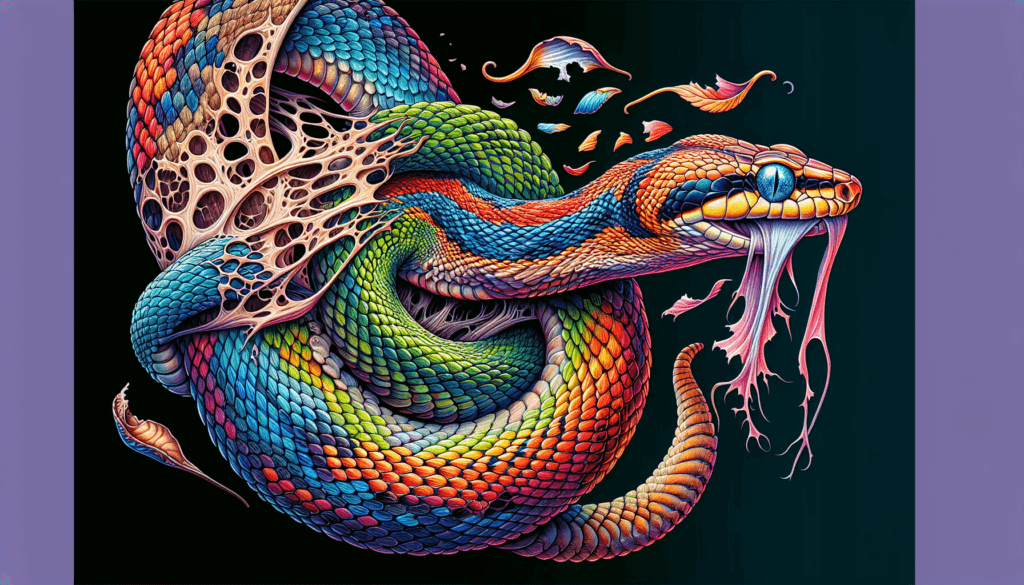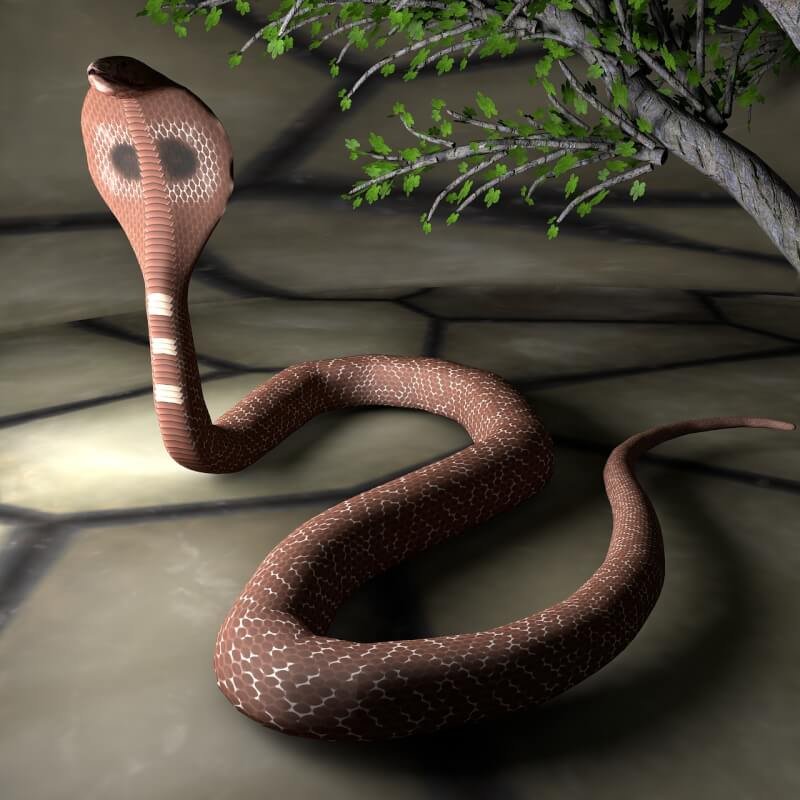Hey there! Ever wondered about the incredible variety of snakes out there? From the mesmerizing patterns of the deadly king cobras to the vibrant colors of the harmless rainbow boas, the world of snakes is truly a fascinating one. In this article, we will take you on a journey through the enchanting realm of serpents, exploring the diverse species that roam our planet. So, grab a cup of tea, sit back, and get ready to discover the countless surprises that await you in the intriguing world of these slithery creatures!
Venomous Snakes
Venomous snakes can be quite a dangerous threat, but it’s important to understand the different types so you can stay safe and know what to avoid. One of the most notorious venomous snakes is the Cobra. Cobras are known for their distinctive hood and their ability to spit venom accurately at their prey, making them a formidable predator. Another venomous snake is the Rattlesnake, easily identifiable by the rattle on its tail that warns potential threats. Rattlesnakes have potent venom that can cause severe damage if bitten. Lastly, the Viper is another venomous snake with a triangular-shaped head and a pair of fangs. Vipers are known for their venomous bite, which can be lethal if not promptly treated.
Non-Venomous Snakes
Luckily, not all snakes pose a venomous threat. Some snakes, like the Boa Constrictor, are non-venomous. Boa Constrictors are part of a group known as constrictors, and they rely on their strong muscles to squeeze and suffocate their prey. Another non-venomous snake is the Corn Snake, a popular choice among snake enthusiasts due to its vibrant colors and docile nature. Lastly, we have the Python, which belongs to the same family as boa constrictors. Pythons are known for their impressive size and the ability to swallow prey whole.
Constrictor Snakes
Constrictor snakes are fascinating creatures that subdue their prey by squeezing them in their coils. The Boa Constrictor, as mentioned earlier, is a prime example of this snake family. Boa Constrictors are native to the Americas and have a muscular body that allows them to wrap tightly around their prey. Pythons, on the other hand, are found in different parts of the world, such as Southeast Asia and Africa. These snakes can reach astonishing lengths, making them a sight to behold. The Anaconda is another constrictor snake, renowned for its immense size and ability to thrive in aquatic habitats. Lastly, we have the Burmese Python, another imposing constrictor snake known for its strength and size.
Colubrid Snakes
Colubrid snakes are a diverse family that includes both venomous and non-venomous species. Among the non-venomous colubrid snakes, we have the Garter Snake. These snakes are commonly found throughout North America and are known for their slender bodies and distinct striped patterns. Black Rat Snakes, also belonging to the colubrid family, are excellent climbers and can often be found in trees or abandoned buildings. Lastly, the King Snake is a non-venomous colubrid snake known for its striking appearance and ability to eat other snakes, even venomous ones.
Elapids
Elapids are a family of venomous snakes known for their potent neurotoxic venom. One of the most famous elapids is the Cobra. Cobras are distinguished by their hood, which they flare when threatened. Another elapid snake is the Coral Snake, famous for its colorful pattern of black, yellow, and red bands. These snakes possess venom that affects the nervous system, and their bites should be treated as a medical emergency. Lastly, the Mamba is one of the deadliest snakes on the continent of Africa. With its incredible speed and highly toxic venom, the Mamba is a force to be reckoned with.
Vipers
Vipers are venomous snakes that can be found in various parts of the world. One of the well-known vipers is the Rattlesnake. Rattlesnakes have a unique warning system as they shake their rattle on the tip of their tail to deter potential threats. Another viper species is the Cottonmouth, also known as the Water Moccasin. This snake is commonly found in the southeastern United States and is known for its aggressive behavior and venomous bite.
Pythons
Pythons, as mentioned earlier, are part of the constrictor snake family. They are distinct from other snakes due to their large size and muscular bodies. One of the most popular python species is the Ball Python, known for its docile nature and beautiful pattern. Burmese Pythons, native to Southeast Asia, can reach impressive lengths and have become invasive species in certain regions. Lastly, the Green Tree Python is a visually stunning snake known for its vibrant green coloration, making it highly sought after by reptile enthusiasts.
Sea Snakes
Unlike land-dwelling snakes, sea snakes have adapted to live in marine environments. The Yellow-Bellied Sea Snake is one such species. With its bright yellow belly, this snake is highly venomous and spends its entire life at sea. Another species, the Black-Banded Sea Krait, is equally venomous and possesses a paddle-like tail that aids in swimming. These sea snakes are well-adapted to life in the water and are a fascinating segment of the snake kingdom.

Water Snakes
Water snakes are a group of snakes that are highly adapted to aquatic habitats. The Northern Water Snake is a non-venomous species commonly found in North America, often seen basking on rocks near the water. Diamondback Water Snakes, on the other hand, are venomous and possess a potent bite. Found primarily in the southeastern United States, these snakes are excellent swimmers and can be found near freshwater bodies. Lastly, we have the Banded Water Snake, another non-venomous species known for its excellent swimming abilities and vibrant pattern.
Tree Snakes
Just as the name suggests, tree snakes are adept at climbing and spending the majority of their time among trees. The Green Tree Snake, also known as the Emerald Tree Snake, is a slender and vibrantly colored snake found in regions such as Australia and Southeast Asia. Its bright green color helps it blend effortlessly into the surrounding foliage. Another tree snake is the Emerald Tree Boa, which primarily resides in the dense forests of South America. Lastly, the Vine Snake is a tree-dwelling species known for its long and slender body, resembling a vine, allowing it to camouflage cleverly among branches.
Understanding the different types of snakes is essential for our own safety and the conservation of these fascinating creatures. While some snakes are dangerous due to their venomous nature, others pose no threat at all. Every species has its role to play in maintaining the delicate balance of ecosystems worldwide, and it is crucial to respect and protect these remarkable creatures. So the next time you encounter a snake, remember to admire its beauty from a safe distance and appreciate the diversity that exists within the world of snakes.


